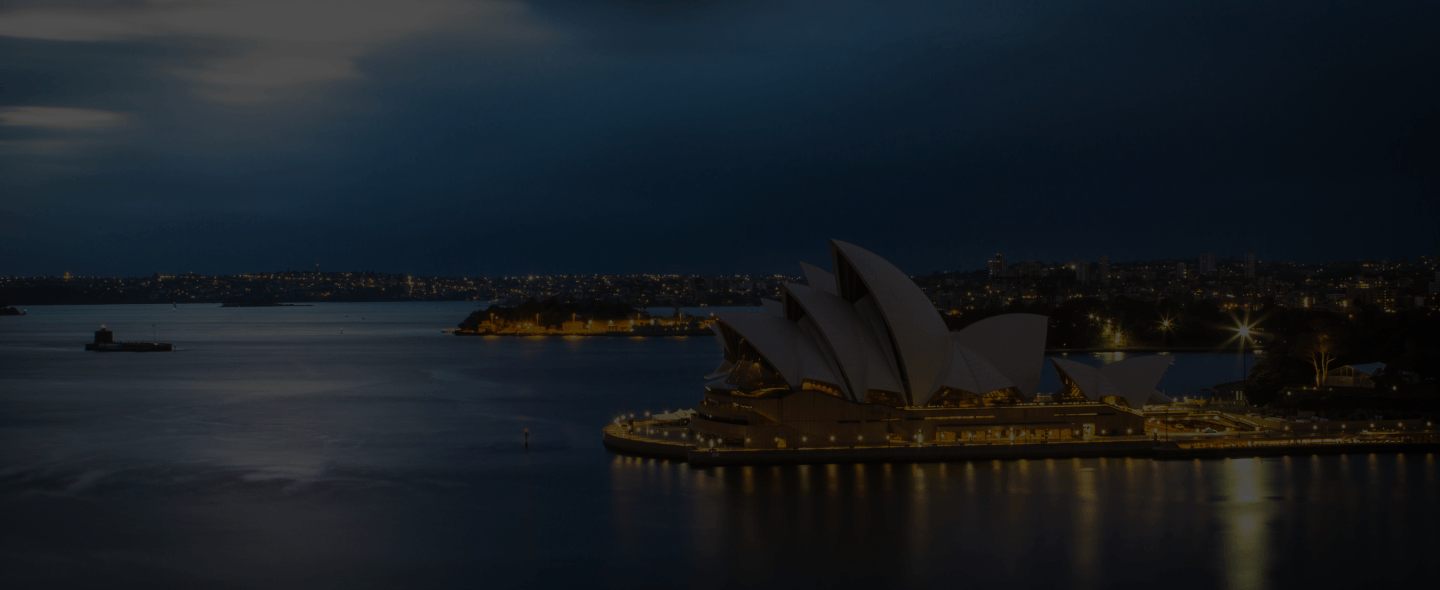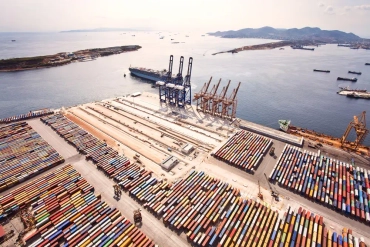
Top 10 Ports in Australia
The top ten major ports in Australia



Australia is an important country for international shipping thanks to its South Pacific location, which makes it available to a large number of countries. The country is also well known for its Maritime Security and strict adherence to environmental conservation standards and ecological balance. Here’s a closer look at some of the largest ports in Australia.
Port of Brisbane
The Port of Brisbane is the largest seaport in the state of Queensland. It’s also currently the third busiest port in all of Australia, not to mention the fastest growing. This port is responsible for more than 28 million of cargo each year, as well as 2600 ships and is ranked at the Maritime Security Level 1.
Brisbane is well known for its strict environmental regulations and focus on ecological balance. However, they do face an issue with sludge build-up which inhibits transportation and is costly to remove.
Port of Sydney
Situated on Botany Bay, the Port of Sydney is actually called the Port of Botany—and it’s the second biggest container port in the country. In the 1960s, this port was originally located in the Sydney Harbor. Over time, cargo expanded in both frequency and volume of solid and liquid goods, which led to the building of multiple ports, including the Port of Botany in 1971.
Port of Fremantle
The Port of Fremantle is arguably the busiest port in Western Australia, as it handles not only more than 35 million tons of cargo each year, but also maritime cruises and a navy 24⁄7. This level of activity enables the port to contribute to both the local and global economy of Australia and it employs a large number of people.
Port of Melbourne
The Port of Melbourne is one of the most important shipping ports in Australia. It’s also the fourth-largest container port in the Southern hemisphere. It was founded in 1835 when John Pascoe Fawkner arrived on the Enterprise. In 2003, it became the first Australia port to take care of up to 2 million TEU per year. Now Melbourne handles over 2.6 million TEU and about 3,000 ships each year.
Port of Hedland
The Port of Hedland is the biggest container port in all of Australia as well as all of Oceania. Located on the Western coast of Australia, Hedland became the first port to handle over a million tons of cargo within a year. Now the Port of Hedland is responsible for handling about 452 million tons of cargo each year.
The port links with several other ports within Oceania, ranking it at a Maritime Security Level 1. They are also known for their advanced infrastructure and cyclone tracking and forecast technology.
Port of Dampier
The Port of Dampier is also located in Western Australia, just near the Port of Hedland. Dampier is actually the second largest port in Australia, as it has merged with the Port of Hedland to form the Pilbara Ports Authority along with a number of other ports. This port in particular is responsible mainly for handling iron shipments.
Port of Wellington
The Port of Wellington is the only major port in Oceania that is actually outside of Australia but still considered to be a part of the country’s chain of ports. With a yearly cargo of 15 million tons, the Port of Wellington handles domestic and international shipping linked to railroad and transportation.
Port of Darwin
Darwin is one of the up and coming seaports in Australia as it is the gateway to Asia. The port was bought out by Landbridge, a Chinese company in 2014. Since then, it has become the center of “Australasian” trade, and handles up to 4 million tons of cargo each year.
Since the Chinese buyout of this port, shipping relations with the United States has dwindled due to national security concerns. However, this has not stopped the Port of Darwin from maintaining its significance in the global trade market or its role as one of Australia’s busiest seaports.
Port of Adelaide
The Port of Adelaide is the largest port in Southern Australia and its most significant one, accounting for the majority of port activity in the region. Founded in 1836, the Port of Adelaide is considered one of Australia’s earliest settlements and now handles a range of shipment types equating to over 100 million tons of cargo as well as maritime cruises for tourists.
Port of Newcastle
The Port of Newcastle is a major Australian seaport situated in New South Whales. It’s also the largest seaport on Australia’s East coast. Newcastle is responsible for over 167 million tons of cargo each year, and is well connected to all the major shipping ports throughout the Asia-Pacific region. The Port of Newcastle also handles a large amount of maritime cruises throughout the year.
This seaport in particular has had the capacity to contribute greatly to the local economy in terms of $1.8 billion in gross state product as well as provide over 4,700 employment opportunities.
Related Articles


